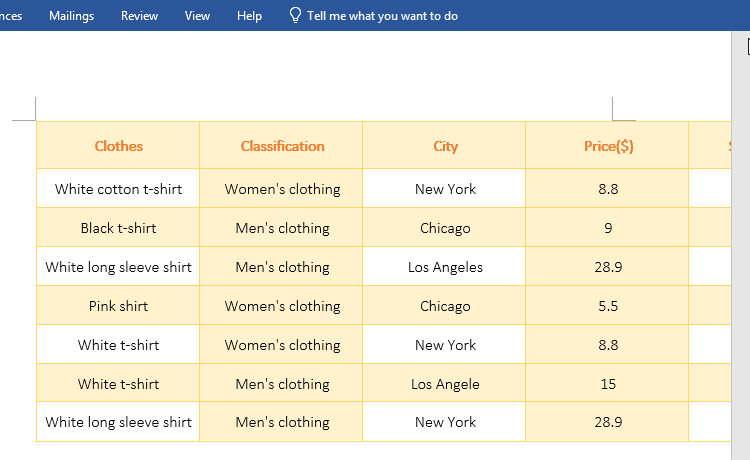
You will see the Cell Height and Width dialog box. Choose the Cell Height and Width option from the Table menu.

Select the table row whose height you want to specify.You can do so by following these steps if you are using Word 97 or Word 2000: There may be other times when you want to take charge and specify your own row height. For many table uses, you can rely on Word to select an automatic row height. Let’s take each group in turn.įirst off, the system level variables can be set globally as those are unlikely to change during the course of our project.Word allows you to independently adjust the height of every row in a table. Thinking in these terms will help us scale our system much easier. These values will are specific to the CSS rule we’re creating There might be some guessing and tweaking involved to get the perfect numbers. These values are intrinsic to the font we’re using. These values are properties of the design system we’re working with. If we’re thinking in terms of systems, will notice that there are three types of variables we are working with: Variable Type
ADJUST LINE HEIGHT IN WORD CODE
Instead of dumping all of our code into a single SCSS mixin, let’s organize it a bit better. This way, any margins set between the two elements will be pixel perfect because they won’t be fighting with the line box spacing. For any set of text block elements without margins, the two elements should bump against each other. Now we can then plug those numbers into the Basekick formula above (with the help of SCSS functions and mixins) and that will give us the result below. If our default grid row height is 4 and our type row span is 8, that would leave us with line-height: 32px.
$typeRowSpan: Like $typeSizeModifier, this variable serves as a multiplier to be used with the grid row height to determine the rule’s line-height value. We’ll be using 4 as the value because it divides easily into our $baseFontSize of 16px. For example, all elements on a page might be spaced apart in multiples of four or five pixels. $gridRowHeight: Layouts generally rely on default a vertical rhythm to make a nice and consistently spaced reading experience. $capHeight: This is the font’s specific cap height expressed as a ratio. $descenderHeightScale: This is the height of the font’s descender expressed as a ratio. For example, a value of 2 coupled with our base font size of 16px will give us font-size: 32px. $typeSizeModifier: This is a multiplier that is used in conjunction with the base font size to determine the font-size rule. $baseFontSize:This is the normal font-size for our system around which everything else will be managed. Let’s take a look at what we need to know: But it can be broken down considerably by thinking of it in the context of a particular system. Let’s take a blank document and add a classic “CSS reset” to it: * px Īt first glance, this code definitely looks like a lot of magic numbers cobbled together. Leading is defined as the distance between two baselines in a set of type.Ī CSS developer might think, “OK, leading is the line-height, let’s move on.” While the two are related, they are also different in some very important ways. A font is designed with each of these parts in mind however, there are some parts of typography that are left up to the type setter (like you and me!) rather than the designer. Ascender: A line that oftentimes appears just above the cap height where some characters like a lowercase h or b might exceed the normal cap height.Įach of the parts of text described above are intrinsic to the font itself. Cap-height: This is the height of most capital letters on a given line of text. For all intents and purposes, it serves as the perceived height of lowercase letters. Generally, this is the height of other lowercase letters, although some may have parts of their characters that will exceed the x-height. X-height: This is (unsurprisingly) the height of a normal, lowercase x in a line of text. It is the line that some characters - like lowercase g, j, q, y and p - touch below the baseline. Descender: This line sits just below the baseline. When you write in a ruled notebook, the baseline is the line on which you write. Baseline: This is the imaginary line on which the type sits. In traditional Western type design, a line of text is comprised of several parts: To understand those differences, we first have to understand a bit more about typography. Leading and line-height, however similar, have some important differences. As designers and developers, when we think about line-height, we might think about the concept of leading from print design - a term, interestingly enough, that comes from literally putting pieces of lead between lines of type. 
In CSS, line-height is probably one of the most misunderstood, yet commonly-used attributes.






 0 kommentar(er)
0 kommentar(er)
